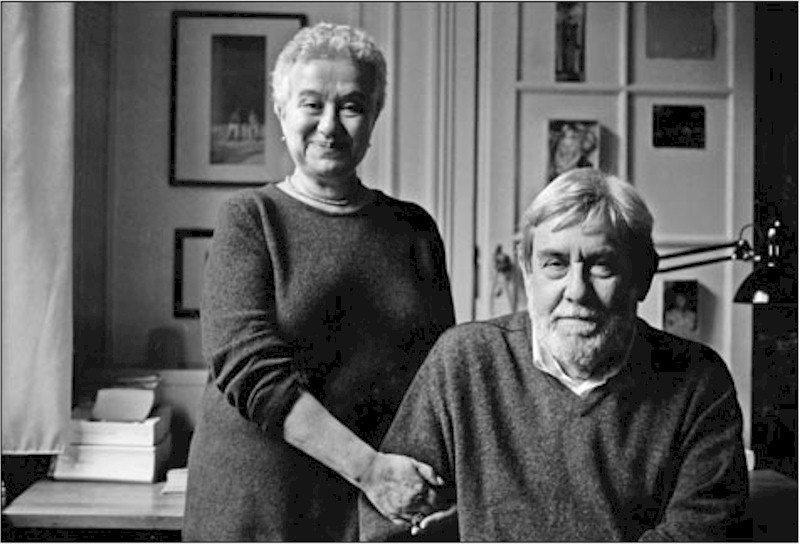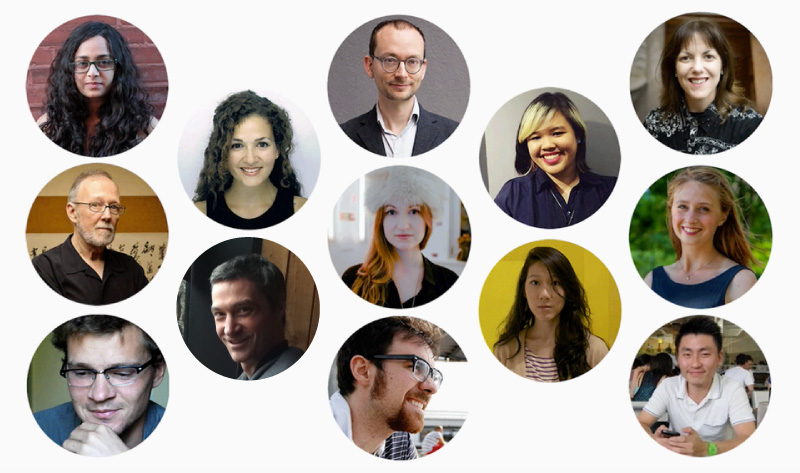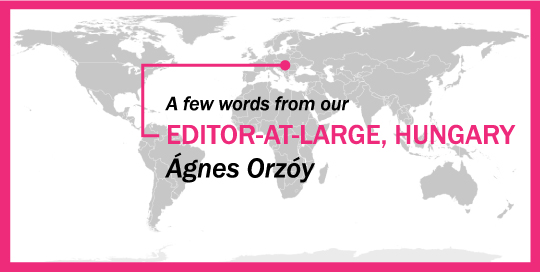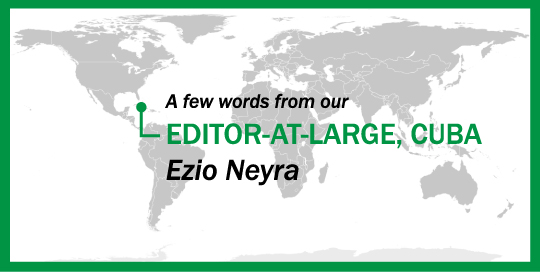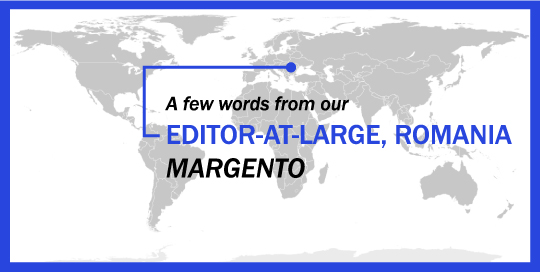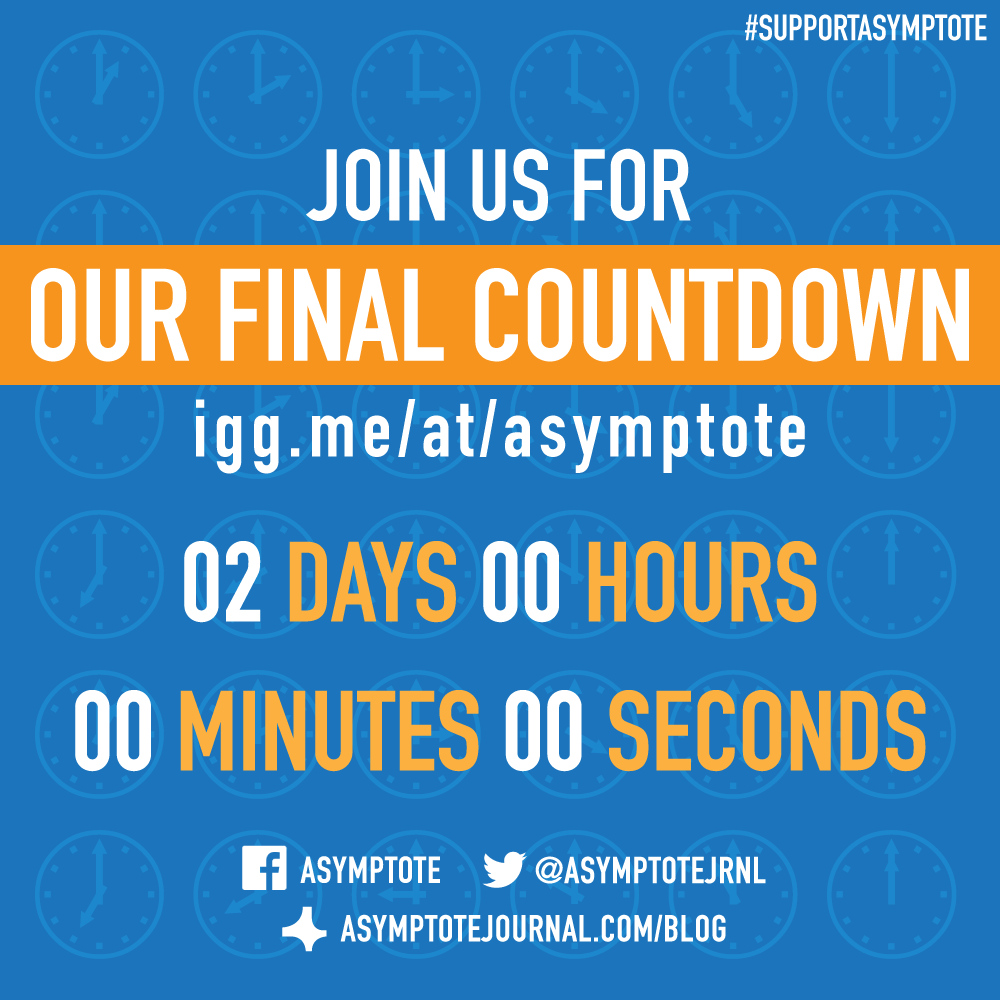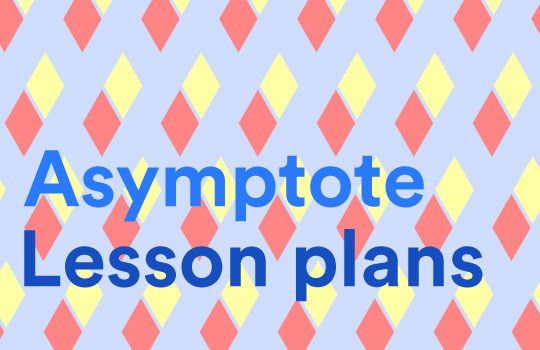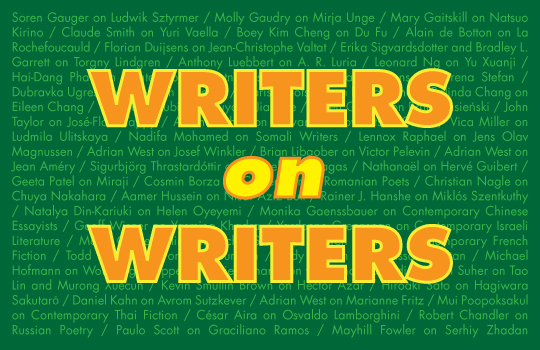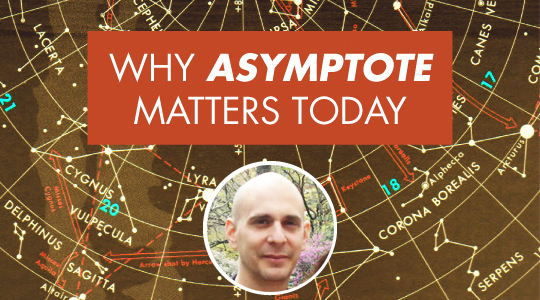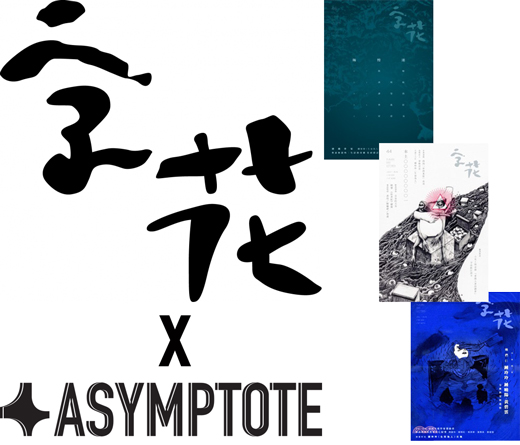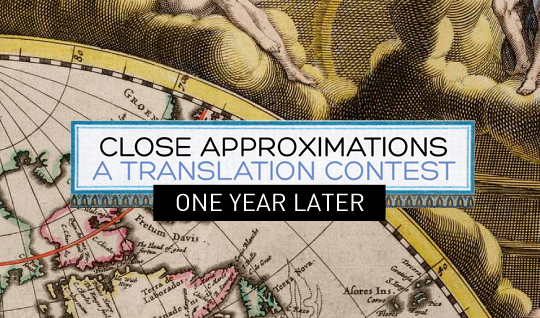One thing that Asymptote certainly delivers is fresh literature. That is, we don’t just sit back and wait for submissions to ping! in our inbox, and make do with whatever we get. In fact, submissions—which we do take seriously, with five dedicated slushpile readers sifting through works that come in over the transom throughout the year—probably make up less than 20% of our published content, if we go by wordcount. Some sections, such as Drama, Interviews, Visual, Criticism, and Writers on Writers are heavily commissioned/solicited sections. These need very resourceful/persistent section editors, who can convert the most tenuous of leads into actual contributions. An entire blog post or probably even a book could be written about how we wooed author X or publisher Y or translator Z or guest artist A to come on board.
Even with very resourceful section editors, however, given our mission of diversity, no one editor can cover his or her section for too long and still do his or her job well. That’s where our supporting cast comes in: we have a jet-setting commissioning editor who is able to network on our behalf at writers’ festivals, we have contributing editors to pitch and contribute content, and as mentioned previously, we have an assistant editor researching hitherto unpublished languages, as well as editors-at-large with their fingers on the pulse of their regions’ literary scenes. Today we’ll talk about one facet of editorial work undertaken by editors-at-large that few of our readers may be privy to: journal partnerships.
It makes sense to partner with journals because as the first gatekeepers of literature everywhere, journals publish the freshest and most cutting-edge literature being produced in its region. As for how the partnership works: we take an article or a set of articles from a foreign language (i.e. non English-language) print journal and translate it into English to present in our quarterly issues. In return, the foreign language print journal then takes an article that we have published and commissions a translation of that article to be presented in its pages. All rights are cleared with the author of the article before proceeding. This is a model that stimulates the transmission of literature (in both languages) and benefits magazines, readers, authors, and translators alike.
A list of our journal partners to date can be found on our map here—two more slated for 2015 are Steaua in Romania and Writer in Thailand—but today we’ll only feature testimonials that shed light on one journal partner, the very stylish 《字花》from Hong Kong (also Fleurs des Lettres).
—Lee Yew Leong, Editor-in-Chief
READ MORE…

